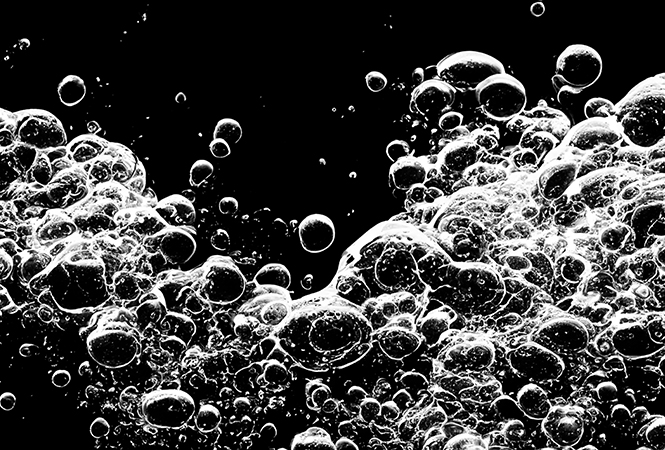
A decent shelf life for perishable food products is imperative for the producer’s bottom lines and the consumer’s health. That means the internal atmosphere of the packaging needs to stem the growth of microbes and prevent deterioration. Meritus Gas Partners can provide modified atmosphere packaging (MAP) gases to extend the product’s shelf life.
Three gases are commonly used by themselves or in a mixture, and they each have their benefits:
Packaging technologies are becoming more sustainable as time passes. Consumers are looking for their packaging to be biodegradable and recyclable, so packaging is shifting to more plant-based alternatives. Materials such as plastic containers with specific gas permeability or a polymeric film pouch are common. However, with the shift to sustainability, packaging materials are more likely to be sugarcane, corn, tree pulp or bamboo fiber.
A few regulatory bodies ensure safety standards for food packaging. In the United States, these bodies are the Food and Drug Administration (FDA) and the United States Department of Agriculture (USDA). Internationally, there is the Codex Alimentarius Commission. In Europe, there is the European Food Safety Authority (EFSA). The Compressed Gas Association also deals with MAP gas safety.
These bodies have specific compliance requirements for food-grade packaging gases, such as checking:

Let’s explore the applications of using MAP gases in various industries and packaging processes.
Industrial gases such as CO2, O2 and nitrogen are extremely useful in industries other than food. For example, in pharmaceuticals, they help inflate blister packs and keep pills from oxidizing and retaining moisture. In electronics, manufacturers use these gases to keep electronic equipment dry and away from moisture.
Often, it’s advisable to use custom gas blends of common packaging gases because more food types react better to a blended mix than a pure one. Blended mixes are also cost-effective for storage purposes and flexible for a variety of products.
Meritus Gas Partners can provide you with whatever custom blend you require. For example, if you need restaurant-grade CO2 canisters or a custom gas mixture, one of our partners, such as Applied Gas, will meet your blended gas needs.
Remember to use the following best practices for packaging gas storage and to ensure the integrity and quality of the gas:

Contact us online to get started, or get in touch with one of our partners!